
Chyżne
Elaboration author
Emilia Karpacz
Monuments
Parishes
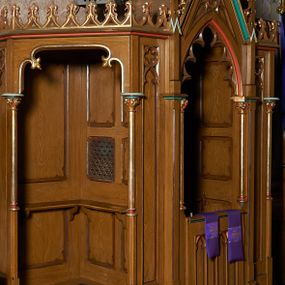
Confessional
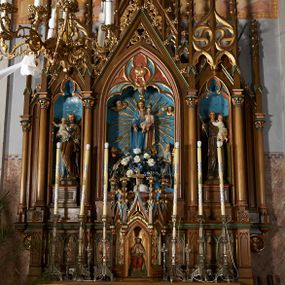
Right side altar of Our Lady of the Rosary
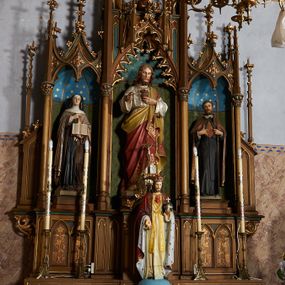
Left side altar of the Most Sacred Heart of Jesus
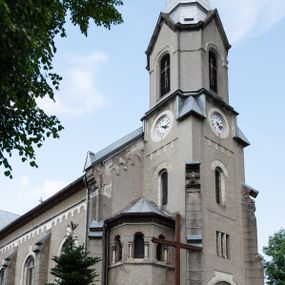
St. Anne's Church
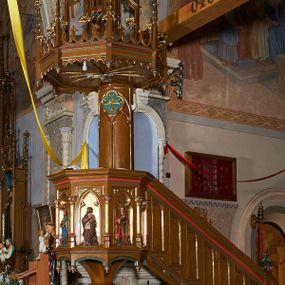
Pulpit
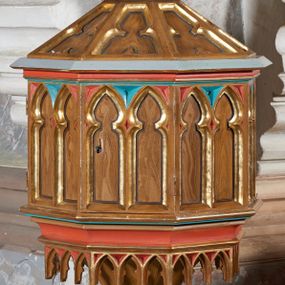
Baptismal font
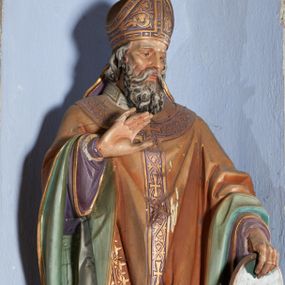
St. Methodius
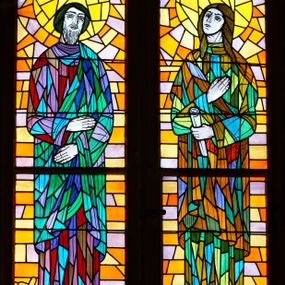
Stained glass windows
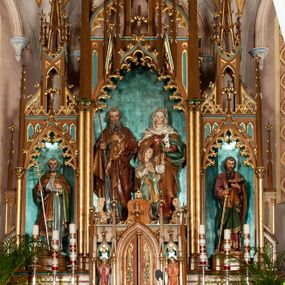
St. Anne's high altar
History abstract
Until the end of World War I, the village was a part of the Kingdom of Hungary. Chyżne was first mentioned in sources in 1614, when the Platthy family accused the noble Thurzó family of Orava of seizing several towns, including a village called "Chyshno". In 1619, Elżbieta Czobor, widow of George Thurzo, their son Emeryk and village leader Jan Urbaniec prepared a settlement agreement which specified the conditions for the functioning of Chyżne. In 1659, Catholics were the largest group in the village. After Emeryk Thurzon's death in 1621, his seven daughters and their husbands established the Orava compossesorate (joint ownership of an undivided dominion). Throughout the 17th century, the inhabitants of Chyżne were observers, participants and victims of religious conflicts. From their perspective, the persecution of the Catholic population by George Thurzo and his heirs, and later the anti-Habsburg uprisings led by Stefan Thököly and George Rákóczi in the second half of the century, which were dominated by Protestant element, were especially dangerous periods. From 1711 onwards, Catholicism was considered the prevailing religion. In 1777, a wooden church, built 1625-1627, was moved to Chyżne from Lipnica Wielka. In 1787, the parish of St. Anne was established in the village. As a result of overpopulation and difficult living conditions, in the 18th century, Orava residents started emigrating to the south of Hungary, while in the late 19th century, they were emigrating to more distant areas, including over the ocean. After World War I, it was planned that the nationality of Chyżne and other villages in the upper Orava would be decided by a plebiscite. However, due to exceptional tensions in the region, the course of the border between Poland and Czechoslovakia within the area was ultimately decided by the Supreme Council at the Paris Peace Conference. Chyżne, together with 24 other Orava villages, were now a part of independent Poland. After the outbreak of World War II, the town was incorporated into a satellite of the Third Reich – the Slovak state of Father Józef Tiso. At the end of armed conflict, the church was destroyed by artillery fire. After the war, development of the village was not particularly dynamic. Until Poland and Slovakia acceded to the Schengen Agreement, the Chyżne-Trstená border checkpoint was active.
How to cite?
Emilia Karpacz, "Chyżne", [in:] "The Sacred Lesser Poland Heritage", 2026, source: https://sdm.upjp2.edu.pl/en/places/chyzne-1